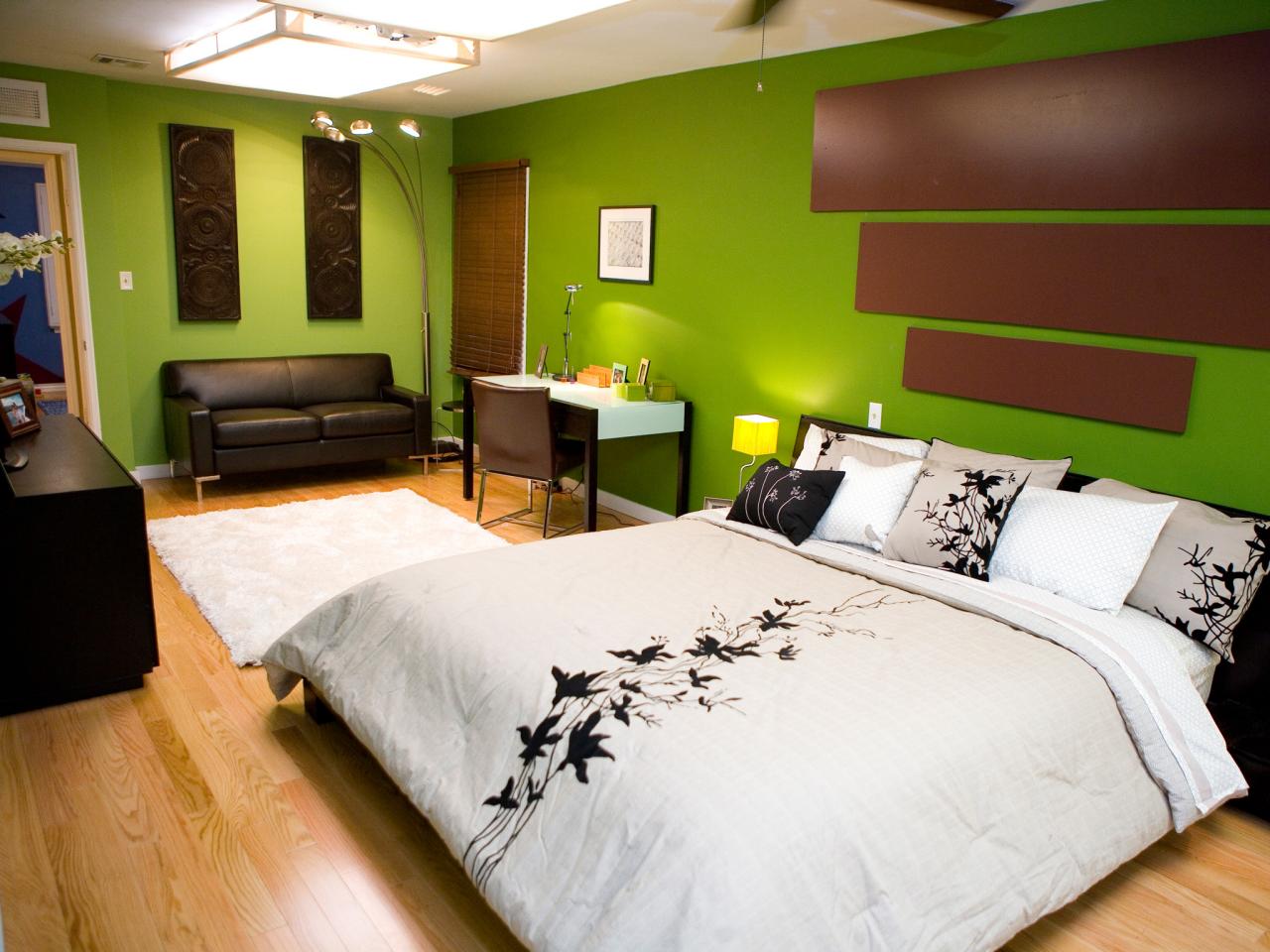green bedroom paint colors

in 1898, marie and pierre curie discovered radium. claimed to have restorative properties, radium was added to toothpaste, medicine, water, and food. a glowing, luminous green, it was also used in beauty productsand jewelry. it wasn't until the mid-20th century
we realized that radium's harmfuleffects as a radioactive element outweighed its visual benefits. unfortunately, radium isn't the onlypigment that historically seemed harmless or useful but turned out to be deadly. that lamentable distinction includesa trio of colors and pigments that we've long used to decorate ourselvesand the things we make: white, green,
and orange. our story begins with white. as far back as the 4th century bce, the ancient greeks treated lead to makethe brilliant white pigment we know today. the problem? in humans, lead is directly absorbedinto the body and distributed to the blood, soft tissues, and mineralized tissues.
once in the nervous system, lead mimics and disrupts the normalfunctions of calcium, causing damages ranging from learning disabilities to high blood pressure. yet the practice of using this toxic pigment continued across time and cultures. lead white was the only practical choicefor white oil or tempera paint until the 19th century. to make their paint, artists would grinda block of lead into powder,
exposing highly toxic dust particles. the pigment's liberal use resultedin what was known as painter's colic, or what we'd now call lead poisoning. artists who worked with lead complainedof palseys, melancholy, coughing, enlarged retinas, and even blindness. but lead white's density, opacity,and warm tone
were irresistible to artists like vermeer,and later, the impressionists. its glow couldn't be matched, and the pigment continued to be widelyused until it was banned in the 1970s. as bad as all that sounds, white's dangerous effects pale in comparison to another, more wide-spread pigment, green. two synthetic greens called scheele's green and paris green were first introduced in the 18th century. they were far more vibrant and flashy
than the relatively dull greensmade from natural pigments, so they quickly became popular choicesfor paint as well as dye for textiles, wallpaper, soaps, cake decorations, toys, candy, and clothing.
these green pigments were made froma compound called cupric hydrogen arsenic. in humans, exposure to arsenic can damage the way cells communicate and function. and high levels of arsenic have beendirectly linked to cancer and heart disease. as a result, 18th century fabricfactory workers were often poisoned, and women in green dresses reportedly collapsed from exposure to arsenic on their skin.
bed bugs were rumored not to livein green rooms, and it's even been speculated thatnapoleon died from slow arsenic poisoning from sleeping in his green wallpapered bedroom. the intense toxicity of these greenstayed under wraps until the arsenic recipe was publishedin 1822. and a century later, it was repurposedas an insecticide. synthetic green was probably the mostdangerous color in widespread use, but at least it didn't share radium'sproperty of radioactivity. another color did, though - orange.
before world war ii, it was commonfor manufacturers of ceramic dinnerware to use uranium oxide in colored glazes. the compound produced brilliantreds and oranges, which were appealing attributes,if not for the radiation they emitted. of course, radiation was somethingwe were unaware of until the late 1800s, let alone the associated cancer risks,which we discovered much later. during world war ii, the u.s. government confiscated all uraniumfor use in bomb development. however, the atomic energy commissionrelaxed these restrictions in 1959,
and depleted uranium returned to ceramicsand glass factory floors. orange dishes made during the next decade may still have some hazardous qualitieson their surfaces to this day. most notably, vintage fiestawarereads positive for radioactivity. and while the levels are low enough thatthey don't officially pose a health risk if they're on a shelf, the u.s. epa warns against eating foodoff of them. though we still occasionally run into issues with synthetic food dyes, our scientific understanding has helped usprune hazardous colors out of our lives.
0 Response to "green bedroom paint colors"
Post a Comment